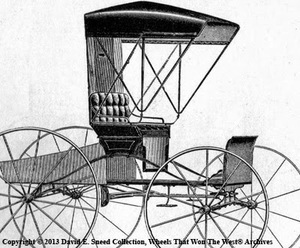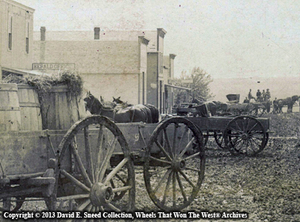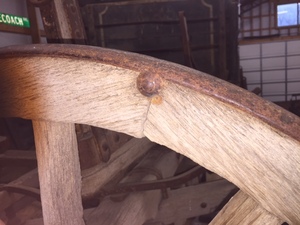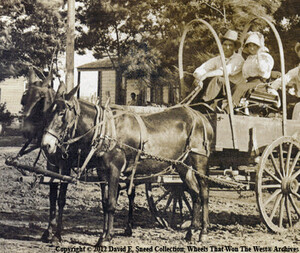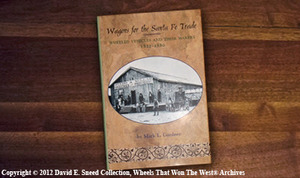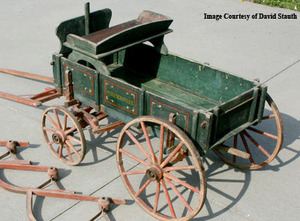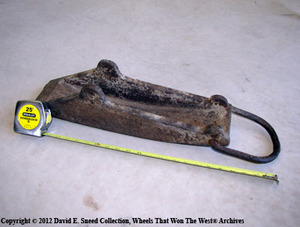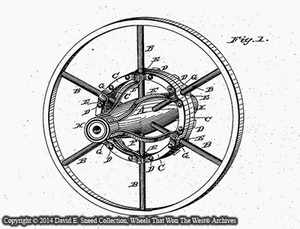Over the years, I’ve watched folks look over an unrestored wagon or stagecoach and often heard them exclaim, “If it could only talk!” The truth is that every one of those vehicles do talk. But, just like any foreign dialect, we must learn the language if we want to easily understand what’s being said. So, what can these vehicles tell us? Well, every part of an original wagon or stage has the ability to share levels of originality and authenticity as well as the timeframe of creation, use/ownership history, design purpose, and scale of rarity.
Illustrating the importance of speaking the same language, I regularly receive calls and emails asking questions about a particular wagon. Unfortunately, there are times when vague or incorrect words and phrases are used. It’s a challenge that can leave both parties guessing as to what’s being said. The first step in understanding early western vehicles is to be familiar with the design. I’m not necessarily referring to the how and why of the way things were done. I’m talking about knowing the part names of the vehicle. Before comprehension can occur, it’s essential to be familiar with the appropriate period terms applied to old wagon and stage parts. My use of the word ‘appropriate’ is meant to refer to the most common 19th century terms used in the U.S. Other nations sometimes had different labels for similar parts. Since we’re focused exclusively on U.S. vehicles, we won’t open up a whole other conversation from different countries. Ultimately, without knowledge of the appropriate part names, the number of assumptions, guesses, misinterpretations, and frustrations can be endless.

Our ‘Making Tracks’ Limited-Edition print not only addresses the ‘how’ of a vehicle’s makeup but, more importantly, it highlights the proper names of wagon parts and equipment.
Complicating matters, sometimes, a part can have duplicate names. For example, when looking at a wagon, the words ‘reach’ and ‘coupling-pole’ are describing the same thing. ‘Tongue’ and ‘pole’ were also used interchangeably. ‘Box’ and ‘bed’ are equivalents, as are the terms ‘clouts’ and ‘top/bottom skeins’. Likewise, ‘brake’ and ‘lock’ are parallel labels often used for the same feature/function on an old wagon. As with any jargon, it takes a while to understand the peculiarities but, once the language is mastered, there’s a fluidity to conversations. Plus, the added familiarity will help in assessing the overall condition, appreciation, and desirability of a set of wheels.
Beyond spending time around knowledgeable wagon and coachenthusiasts, there are other resources that can also assist in learning the lingo. Our ‘Making Tracks’ Limited-Edition print was specifically designed to help point out primary wagon features. Likewise, books like Don Berkebile’s “Carriage Terminology: An Historical Dictionary,” can be especially helpful.For wagon and coach purists, don’t be fooled by the carriage reference in this tome. The book is full of all types of part and vehicle style names and is a solid resource for any enthusiast’s library.
From pole cap to end gate, a little study on terminology can go a long way. So, the next time someone asks you about an early vehicle’s futchel, slider, reach box, sway bar, or some other seldom-heard term, surprise ‘em by commenting on the bolster iron extensions, chafe irons, lead bars, and box straps as well!

